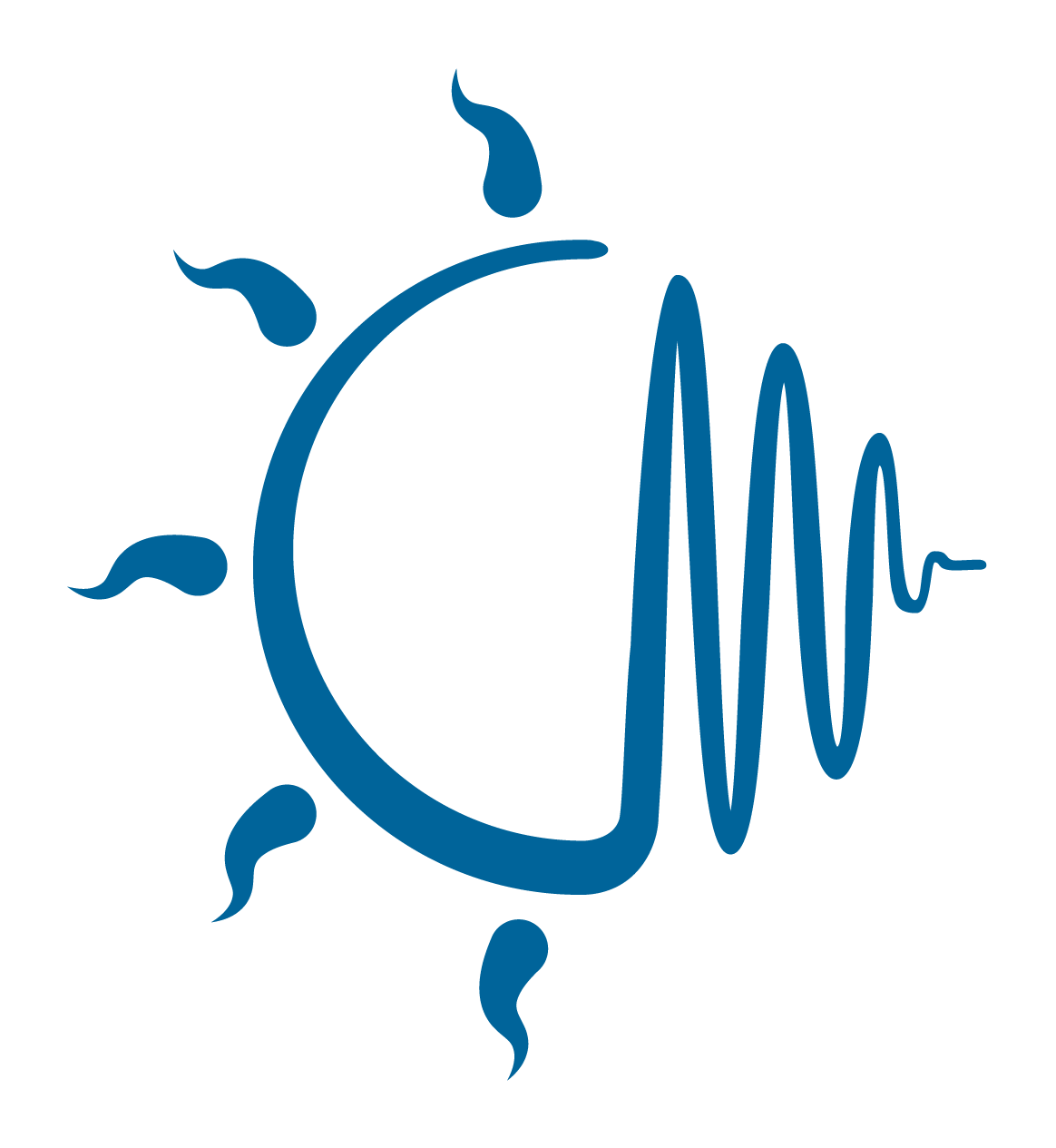you need to understand reverses when producing music
4 minmixing tip #017 - you need to understand reverses when producing music
Hallojis! This week, we’re talking about reverses in music production. A small detail with HUGE impact on your mix. Let’s go.
What’s a reverse…?
It’s exactly what it sounds like- a reverse is made by taking a sound sample, and reversing it in time.
Most DAWs (digital audio workstations) have a built-in tool that allows you to grab a sample and reverse it in place. In the Pro Tools DAW, this is found under AudioSuite > Other > Reverse.
Why/when should I use them?
Two reasons:
they help introduce new sounds (by reversing a copy of the sound leading up to it), and
they help transition between sections in your song (e.g. from your verse to your chorus).
What kinds of reverses are there?
You can create a reverse with any sound, but a few of the most common are:
Vocal reverb reverses
(e.g. at 0:00 in grandson - Blood // Water)
Cymbal reverses
(e.g. at 0:52 in Abhi the Nomad - Extra Life)
Piano reverses
(e.g. at 0:00 in Avicii - You Make Me)
How do I make a reverse?
Generally speaking, you’ll want to play (or sing) a one shot of the note you’re trying to reverse into. Using your DAW’s reverse feature, render that clip, then match the end of the reverse with the start of the actual note.
You can make your reverses sound cleaner if you:
Use a fade at the top, sometimes at the tail too.
Lower the volume of the reverse by 3-6 dB.
Check out the video for a quick walkthrough. Stay well, shine bright.
~Ravi
